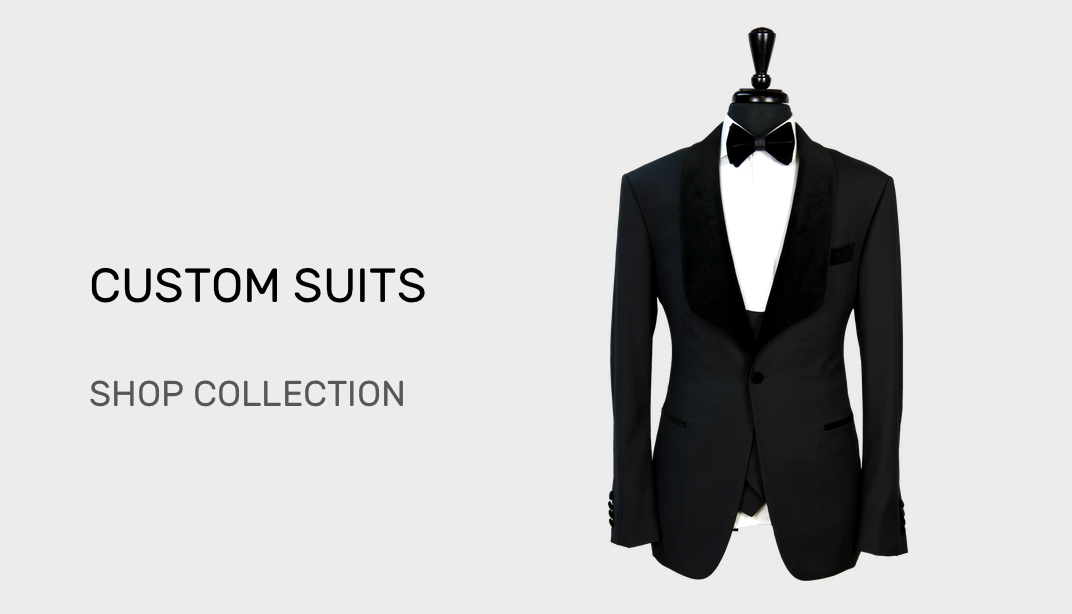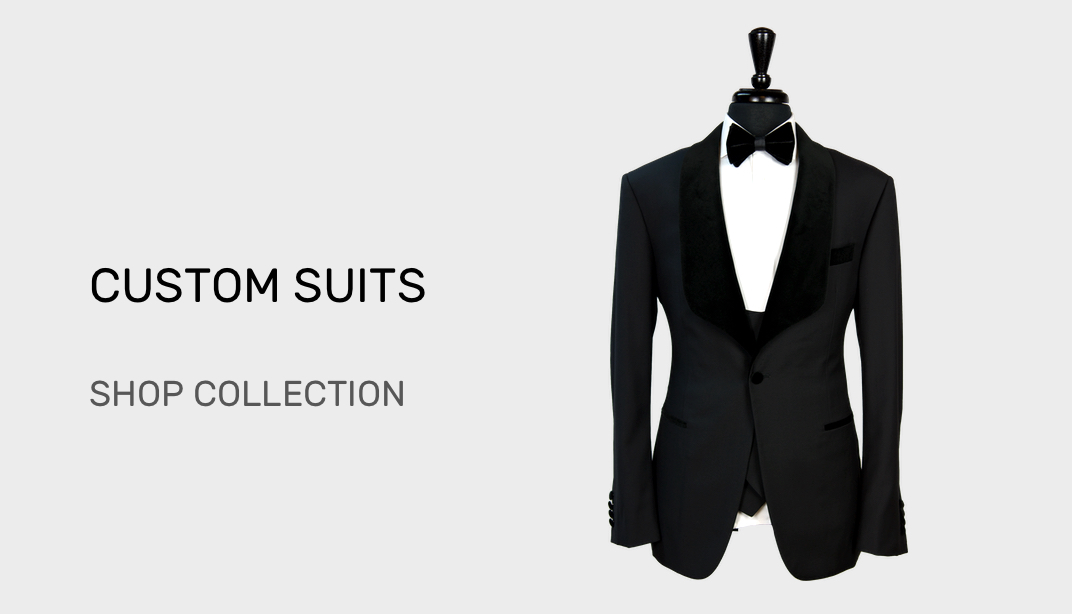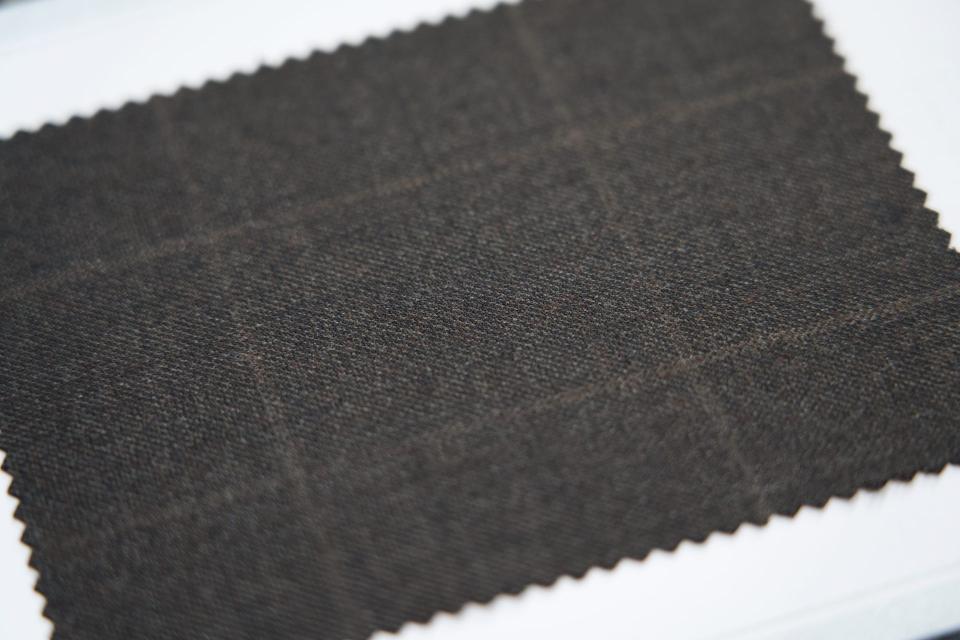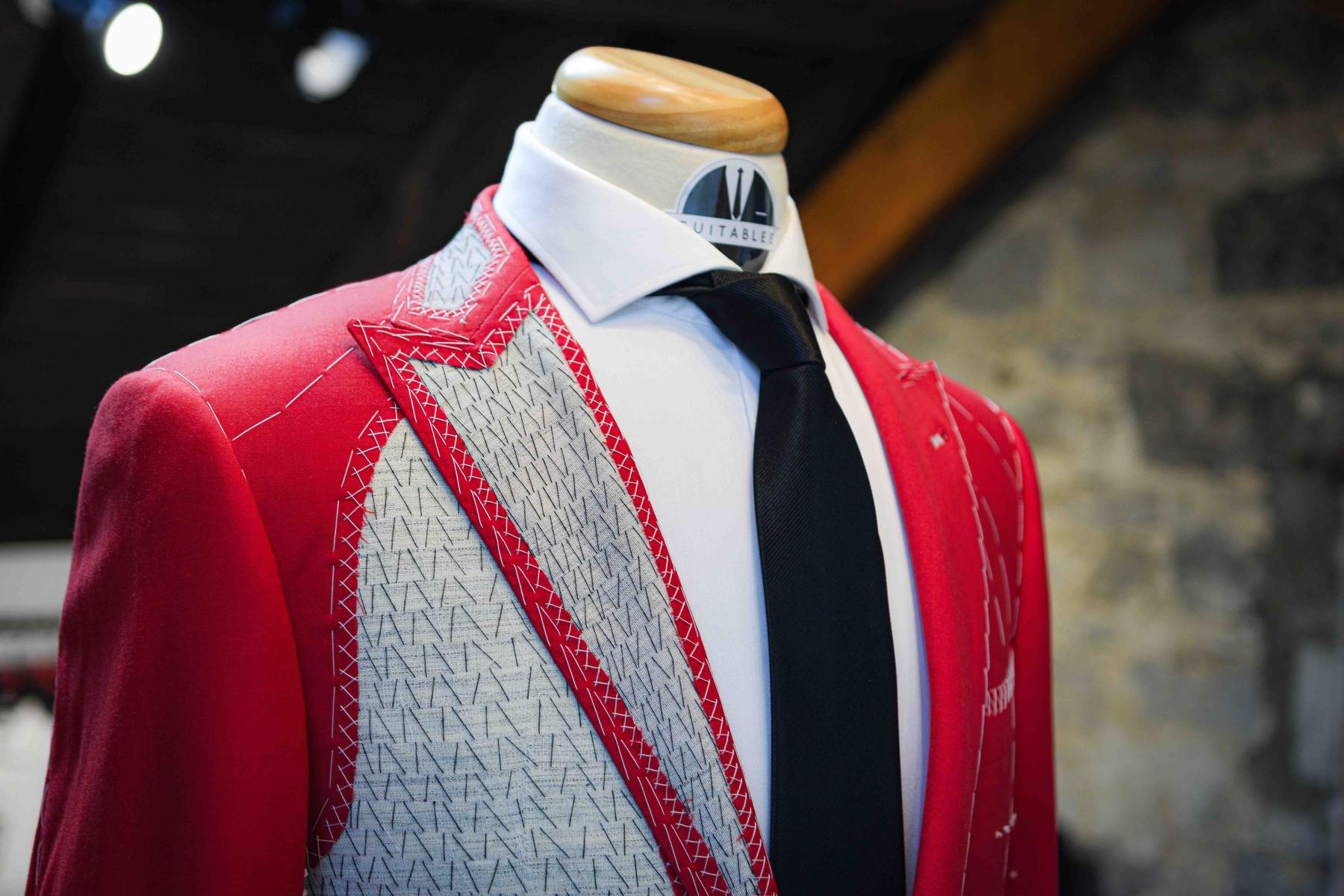-
MENSWEAR
-
Questions?
Schedule Appointment Schedule Virtual Consultation
Talk to us on our Live Chat or call us at 1-855-979-SUIT(7848)
-
-
WOMENSWEAR
-
Questions?
Schedule Appointment Schedule Virtual Consultation
Talk to us on our Live Chat or call us at 1-855-979-SUIT(7848)
-
-
DESIGN
-
Questions?
Schedule Appointment Schedule Virtual Consultation
Talk to us on our Live Chat or call us at 1-855-979-SUIT(7848)
-
-
SHOWROOMS
-
Questions?
Schedule Appointment Schedule Virtual Consultation
Talk to us on our Live Chat or call us at 1-855-979-SUIT(7848)
-
- Book Appointment
Toggle Nav


Search
Skip to Content
- FAST DELIVERY
- CUSTOM MADE
- PREMIUM FABRICS
-
MENSWEAR
-
![Suitablee header menu image]()
Questions?
Schedule Appointment Schedule Virtual Consultation
Talk to us on our Live Chat or call us at 1-855-979-SUIT(7848)
-
-
WOMENSWEAR
-
![Suitablee header menu image]()
Questions?
Schedule Appointment Schedule Virtual Consultation
Talk to us on our Live Chat or call us at 1-855-979-SUIT(7848)
-
-
DESIGN
-
![Suitablee header menu image]()
Questions?
Schedule Appointment Schedule Virtual Consultation
Talk to us on our Live Chat or call us at 1-855-979-SUIT(7848)
-
-
ACCESSORIES
-
SHOWROOMS
-
![Suitablee header menu image]()
Questions?
Schedule Appointment Schedule Virtual Consultation
Talk to us on our Live Chat or call us at 1-855-979-SUIT(7848)
-
- Book Appointment
- Pricing
- WEDDINGS
- BUSINESS
- GIFT CARDS
OUR FIT GUARANTEE!
YOUR FIRST PURCHASE? NO WORRIES!
The majority of our customers find their initial purchase to be a perfect fit. Our advanced algorithms and Artificial Intelligence, refined by thousands of diverse body types in our database, ensure a tailored fit with a 95% success rate. Whether you opt for self-measurement or use our Automatic Sizing Technology, rest assured of a near-perfect fit.
OUR FIT GUARANTEE POLICY ENSURES A HASSLE-FREE PURCHASE:
- 1. Need alterations? Simply visit your local tailor, snap a picture of the receipt, and send it to us. We'll provide a store credit or refund (up to $100 per suit).
- 2. Collaborate with our team. If alterations aren't feasible, SUITABLEE will remake your first order to meet your sizing specifications.
-
MENSWEAR
-
Questions?
Schedule Appointment Schedule Virtual Consultation
Talk to us on our Live Chat or call us at 1-855-979-SUIT(7848)
-
-
WOMENSWEAR
-
Questions?
Schedule Appointment Schedule Virtual Consultation
Talk to us on our Live Chat or call us at 1-855-979-SUIT(7848)
-
-
DESIGN
-
Questions?
Schedule Appointment Schedule Virtual Consultation
Talk to us on our Live Chat or call us at 1-855-979-SUIT(7848)
-
-
SHOWROOMS
-
Questions?
Schedule Appointment Schedule Virtual Consultation
Talk to us on our Live Chat or call us at 1-855-979-SUIT(7848)
-
- Book Appointment

Wool or Polyester? What You Need to Know About Wool Suits versus Polyester Suits | Custom Suits Made Easy.
https://www.youtube.com/watch?v=UzTkbtx5_hM&feature=youtu.be
When you shop for a suit, there are a lot of things that come into consideration but, let’s face it, most of us think only of price and that is logical. Yet we really should think about things such as quality, construction, suitability, and if it can be modified for a more tailored look.
Nonetheless, this article acknowledges that most people begin their search starting with price and that they quickly notice one central fact about buying a new suit: Wool and polyester suits dominate the lower-end of the market, sporting prices that are not only comparable but makes you figure out just what makes which one the better suit for you.
Old school types might think that you should always go with a wool suit over a polyester version no matter what the price differential. This is no longer true and, in fact, could be bad advice depending on what you need out of your suit.
In this article, we will talk about the main differences between wool suits and polyester suits to help you make an informed buying decision. We’ll go over the strengths as well as the weaknesses of each. Additionally, we’ll give some insight into what suit cloth type is best for particular occasions.
We’ll start with wool. Wool is a traditional favorite and, like we said, many people who are of the older generation will recommend it above all else. There are good reasons for this. Breathability, for one, which is the ability of the suit to ventilate and keep you cool. Basically, it keeps you from sweating to death. It can also be a warmer suit for colder weather. It also is perfect for either day or night because of this. Common types of wool includes worsted, cashmere, merino, flannel and tweed.
Polyester suits, on the other hand, have come a long way since their inception way back in 1926. Originally, polyester fabrics were stiff, uncomfortable, lacked breathability, and were, overall, an undesirable choice for a suit fabric. They gave off a cheap and unfashionable appearance even though they allowed for bolder cuts and colors that didn’t fade.
Times have changed, and now polyester is an excellent choice for people that need a durable, fashionable suit fabric that often comes in bright colors that don’t fade over time and won’t break the bank. The biggest advancement in polyester suits is the introduction of polyester-blend suits which often incorporate another fabric type such as wool. This makes them much better than suits of the past and a great option for workwear or frequent-use applications. They are also best worn in the summer and autumn due to their lightweight nature.
We have to say that the debate between these two suit fabric types is quite heated, even with the improvements that polyester has made over the years. Some people are certain in their assumptions and that often impacts buying decisions.
There’s a lot to be said for the generally much lower prices of wool suits now as opposed to in the past, but you can’t give one point to one side while ignoring the other. Whether wool suits are cheaper now because of the improved quality of polyester suits or not remains to be debated, but the considerations for the buyer.
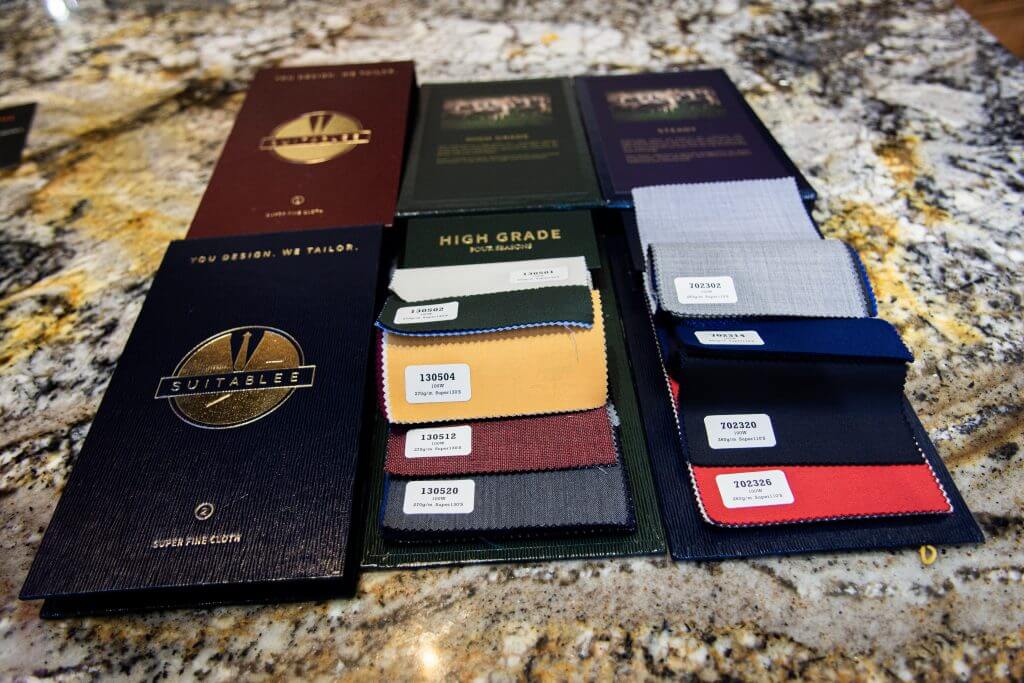
The biggest argument in favor of wool and against polyester rests in wool’s status as a natural fiber. Polyester is a synthetic fiber derived from petroleum or oil, in other words. Wool comes primarily from sheep but can also come from other sources. Those who argue in favor of being environmentally friendly often deride polyester for its origins as an oil byproduct but, like we said, most all polyester suits on the market now are a blend, not a pure polyester product.
Why does this matter so much? It all comes down to breathability or the capability of the suit to keep you comfortable in a range of scenarios. Keeping you comfortable keeps you looking good and that often matters a lot in professional and extracurricular scenarios.
Wool will keep you warm in colder weather while also allowing for more efficient ventilation in hotter weather which will keep you from sweating. The thickness of the wool fabric often determines its application. Thicker wool suits are for colder weather while thinner wool suits are naturally tailored for hotter weather.
Polyester, in general, doesn’t do as good a job at keeping its wearer warm and often is similarly poor at keeping the wearer cool. This can result in sweating and discomfort which is not always the best look.
This fabric differential also plays into how the suits age. Some people argue that polyester blend suits are able to take more wear and tear than a wool suit. Largely, this depends on the construction and the quality of the suit but, in a general sense, it is likely true that a polyester suit is better for frequent, harsher use than a wool suit. That said, when polyester suits begin to wear they start to develop certain telltale signs of their origin such as a distinct sheen and marked wearing at elbows or even the knees. You can get a wool suit that endures but you will often have to shell out some serious money for that.
Still, when it comes to wear, wool suits tend to go more gracefully than polyester suits though it really depends on the wearer. Nonetheless, that doesn’t stop polyester blend suits from attempting bolder sartorial styles and pioneering new looks. Wool suits will usually be more traditional and staid in comparison. The core aspect to all of this is what makes the wearer comfortable and looks good.
For a consensus view, however, the jury arrives at the somewhat unsurprising verdict that, when given a choice, wool suits are preferable to polyester blend suits. Most people start from a place of budgetary concern but one thing to keep in mind is that it is often better to avoid being penny wise and pound foolish or, in other words, attempting to save money now only to have to spend money later because you purchased an inferior product the first time.


